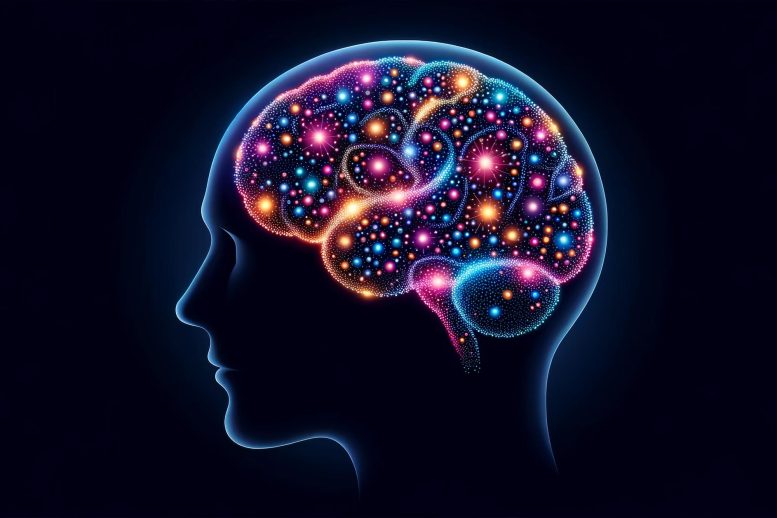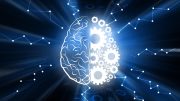
New research reveals how dendrites control neuronal response variability, providing significant implications for learning, memory, and AI development, and marking a pivotal advancement in neuroscience.
Dr. Richard Naud’s research at the University of Ottawa holds important implications for understanding learning and memory theories, and it may pave the way for advancements in artificial intelligence in the future.
The mysteries of the human brain’s internal mechanisms are slowly being uncovered, and a significant new study led by Dr. Richard Naud from the Faculty of Medicine at the University of Ottawa is bringing us nearer to solving these profound questions.
The study’s results have important implications for theories of learning and working memory and could potentially help lead to future developments in artificial intelligence (AI) since AI developers and programmers watch the work of Dr. Naud and other leading neuroscientists.
Published in Nature Computational Science, the study tackles the many-layered mystery of the “response variability” of neurons, brain cells that use electric signals and chemicals to process information and greenlights all the remarkable aspects of human consciousness.
The findings unveil the nuts and bolts of how neuronal variability is controlled by dendrites, the antenna that reaches out from each neuron to receive synaptic inputs in our own personal neural communication networks. The rigorous study establishes properties of dendrites that potently control output variability, a property that’s been shown to control synaptic plasticity in the brain.
Insights into Neuronal Control
“The intensity of a neuron’s response is controlled by inputs to its core, but the variability of a neuron’s response is controlled by the inputs to its little antennas – the dendrites,” says Dr. Naud, an Associate Professor at the Faculty of Medicine’s Department of Cellular and Molecular Medicine and the uOttawa Department of Physics . “This study establishes more precisely how single neurons can have this crucial property of controlling response variability with their inputs.”

Dr. Richard Naud (left), an associate professor at the University of Ottawa’s Faculty of Medicine’s Department of Cellular and Molecular Medicine and the uOttawa Department of Physics. Credit: University of Ottawa
Dr. Naud suspected that if a mathematical framework he’d used to describe the cell body of neurons was extended to take their dendrites into account, then they might have luck efficiently simulating networks of neurons with active dendrites.
Cue the contribution of Zachary Friedenberger, a Ph.D. student at the Department of Physics and a member of Dr. Naud’s lab, with a background in theoretical physics to solve the theoretical challenges and the math in a record time. Fast forward to the completed study: The predictions of the model were validated by analysis of in vivo recording data and observed over a wide range of model parameters.
“He managed to solve the math in a record time and solved a number of theoretical challenges I had not foreseen,” Dr. Naud says.
Dr. Naud believed that their technique could provide insight on the neuronal response to variable inputs. So they began working on a technique that would be able to compute statistics from a neuronal model with an active dendrite.
One of the work’s reviewers noted that the theoretical analysis “provides key insight into biological computation and will be of interest to a broad audience of computational and experimental neuroscientists.”
Reference: “Dendritic excitability controls overdispersion” by Zachary Friedenberger and Richard Naud, 27 December 2023, Nature Computational Science.
DOI: 10.1038/s43588-023-00580-6









I find it hard to understand how with so many scientists/researchers poking at the brain for decades and decades, no one has been able to clearly define HOW information is stored nor how to retrieve (read/rewrite) memories.
The brain is a self-contained 3lb package. There are an unlimited number of live and dead brains to work with up close and personal. Why is taking so long to solve this problem?
The average brain would seem to operate at the miniscule level, at a dimentional state science is still discovering, its still inventing ways to difine the energy’s that are hard to difine & in some cases haven’t been named by science yet.
Recently Single interactions of electro magnetics feilds of indervidual electrons were being discoverd & though still being invesigated might be the foundations of just some of the brains operations . . .
Thats a level of complexity my math can’t deal with & my imagination takes over as many readers of the original article, i guess . . .